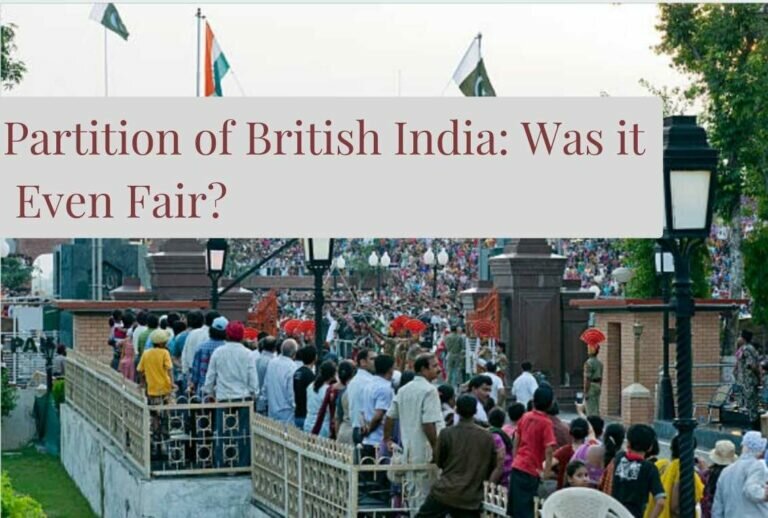India-Pakistan and Nuclear Weapons
There are a lot of questions regarding the utilization and possession of nuclear weapons. These questions have exacerbated India-Pakistan relations since the 1960s. It is basically because both countries still refuse to sign the Non-Proliferation treaty (NPT) and its requirements. First time in history, the United States tested its nuclear weapon. After the USA, Russia did, then Britain and France tested their nuclear weapons. And then they possessed them. They unilaterally and then jointly decided to keep weapons to themselves. They tried their best to prevent any other country to do the nuclear test. But, in October 1964, China tested its first nuclear weapon.
China did it only after two years of the Sino-Indian war in 1962. India tested its first nuclear weapon in October 1974 after the protest in Pakistan.
21st-century Dialogue Initiation between India-Pakistan
At the end of 2006, it seemed obvious for India and Pakistan to sign a major agreement on the reduction of nuclear risk. Both countries finally managed to come on the same page and overcome serious differences. After six years of hard negotiations, the time came when an agreement became acceptable. It happened in the shape of the third round of the so-called Composite dialogue.
Respective foreign secretaries of both countries started preliminary talks when they met in Delhi in November 2006. Both countries also mentioned the visa regimes and concluded the agreements. They expanded 1974 bilateral relations. More shrines were opened to visitors. Moreover, they also signed the revised protocol on shipping services. But, Siachen Glacier and Sir Creek didn’t reach any conclusion.
Also read: Nuclear Proliferation and Nuclear Security

Unites States Factor
The United States kept putting pressure on both countries for an agreement related to nuclear risk reduction. Both did nuclear tests in May 1998 and then subsequent confrontations happened. it set alarm bells ringing across the world.
Then prime ministers of both countries signed the Lahore Declaration in 1999. In this agreement, both countries decided to take immediate steps against the unauthorized and accidental use of nuclear weapons. They both discussed concepts to explain confidence-building measures. They discussed them because of preventing any kind of conflict.
The 1999 Lahore agreement was based on another agreement of the same type which was between the United States and the former Soviet Union. Many years ago think tanks in the United States projected this idea for India and Pakistan.
Nuclear Confidence-building Measures
Nuclear confidence-building measures between India and Pakistan are all about setting up of hotlines at control levels. By 2005, both director generals of military operations have discussed the possibility of opening hotlines between the heads of state. This is again another example of a US-USSR kind of agreement. Both countries have negotiations for discussion of setting up the risk reduction for nuclear weapons.
NPT’s no-first-use strategy was also given by US think tanks to India. But fortunately, Pakistan rejected it immediately. This nuclear agreement for risk reduction came out of the composite dialogue. It revealed a major advancement for both countries. But still, there is a need for transparency. Because the communication gap creates conflicts between both countries.
Also Read: US-China Relations 2022
India-Pakistan Nuclear Warheads
Almost India has 150 nuclear warheads. India also has the ability to deploy nuclear weapons from land, sea, and air. The state has sworn never to use nuclear weapons first in a fight. It also has established a No First Use policy. India, however, stated in August 2019 that they are re-evaluating this policy.
Roughly there are 160 warheads in Pakistan. The U.S. Defense Intelligence Agency predicted that Pakistan will possess 60–80 warheads by 2020. Although this figure exceeds that prediction. Pakistan’s arsenal might reach 220 to 250 warheads by 2025 if the increasing trend continues.
Pakistan stores its nuclear warheads apart from its missiles and only puts one together when it intends to use it. Pakistan, in contrast to India, has chosen to emphasize smaller battlefields or “tactical” nuclear weapons. It has done it a counter to India’s larger and more powerful conventional forces.
Twenty million people might die in a week from even a minor nuclear exchange between India and Pakistan. Nearly 2 billion people in the developing world would be in danger of famine if any kind of nuclear war creates between these countries.
Delivery Systems
According to the United States-based Arms Control Association, Pakistan has at least two medium-range and four short-range ballistic missiles as part of its nuclear delivery systems (ACA).
More missiles are being developed, including an intercontinental ballistic missile (ICBM) with a 7,000-kilometer range. According to the ACA, India already has an intermediate-range ballistic missile that can carry a single warhead over 3,000 kilometers and is also working on two intercontinental ballistic missiles.
The Strategic Forces Command of India is in charge of several nuclear-capable short and medium ballistic missiles, one of the country’s various delivery weapons. The BrahMos land-attack cruise missile, which was jointly developed with Russia and has an estimated range of 300–500 km, is another component of Indian nuclear delivery systems.
Also read: India-Pakistan Relations Timeline
India, on the other hand, has a nuclear-powered ballistic missile submarine that completes its “nuclear triad“. The nuclear triad is the capacity to carry out nuclear strikes by land, air, and sea. Pakistan, on the other hand, does not. Both nations have a variety of aircraft that may be used to carry nuclear payloads.







